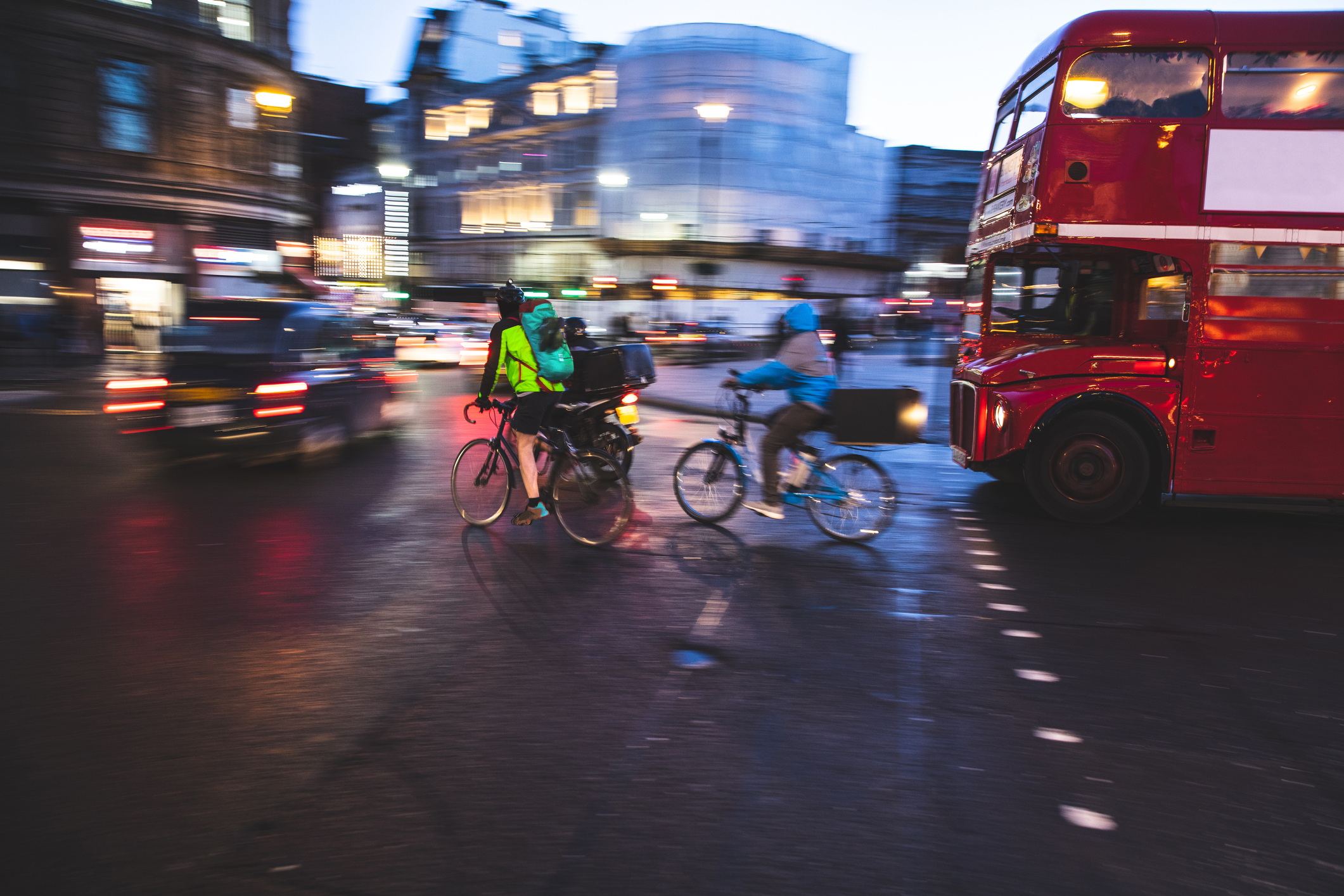What are the new Highway Code rules? Changes made in 2022 for drivers, pedestrians and cyclists


Five key new Highway Code rules are being created in 2022, including a hierarchy which gives greater safety responsibility to those most able to cause harm on the roads.
While the UK waits nervously for the outcome of Sue Gray’s report into the alleged Downing Street parties, changes are coming into place before the end of the week that will alter how drivers operate across England, Wales and Scotland. First established in 1931, the Highway Code has been updated hundreds of times to reflect the huge growth in road traffic over the years.
So what do you need to know as a driver in 2022? While most of the changes just put basic road safety into writing, there are a few new Highway code rules both drivers and others using the roads should be aware of before the end of the month.
What are the new Highway Code rules in 2022?
Hierarchy of road users
The government is creating a hierarchy of road users, ranking those who use the road to ensure that those who tend to the greatest harm have the biggest responsibility to reduce the danger they may pose to others.
The new road hierarchy is as follows:
- Pedestrians
- Cyclists
- Horse riders
- Motorcyclists
- Cars/taxis
- Vans/minibuses
- Larger passenger vehicles/HGVs
The Department for Transport (DfT) has said that the goal of the new measure is not to give total priority to pedestrians, cyclists and horse riders. But to instead promote a more “mutually respectful and considerate culture of safe and effective road use that benefits all users.”
Passenger vehicles, like buses, and those that carry cargo are the biggest threat to other road users, followed by vans and minibuses, cars, taxis and motorcycles. Cyclists and horse riders pose a danger to pedestrians as well, so they also have to be aware of reducing their threat under the new code’s changes.
The new guidance warns that anyone on the roads “may have impaired sight, hearing or mobility, and may not be able to see or hear you.” However, it adds that “none of this detracts from the responsibility of all road users, including pedestrians, cyclists and horse riders, to have regard for their own and other road users’ safety.”
Parenting advice, hot topics, best buys and family finance tips delivered straight to your inbox.
Last year, tough new driving laws that could see drivers fined £1000 were put into place. Among other restrictions, it included a ban on drivers holding their mobile phone while driving for any reason. Those who do so can now face fines of £200 and six penalty points on their license. It closed a previous loophole that allowed drivers to take photos and videos while operating the vehicle.
More obvious priority for pedestrians
In the 2022 version of the Highway Code, there is more obvious priority for pedestrians - particularly at junctions. And it lays out exactly where they have the right of way over other road users.
- Drivers, motorcyclists, horse riders and cyclists should give way to pedestrians crossing or waiting to cross a road into or from which they are turning into or out of.
- The same rule applies to zebra crossings, and pedestrians and cyclists on a parallel crossing.
- Pedestrians always have priority when on a zebra crossing, on a parallel crossing or at a light controlled crossing when they have a “green man” signal.
- Cyclists should give way to pedestrians on shared use cycle routes.
Drivers must give priority to cyclists and not cut across
As of January 2022, drivers must give priority and not cut across cyclists when they are turning into or out of a junction, changing direction or lane. The rule also applies when cyclists are using a designated cycle lane, track or riding ahead of drivers on the road.

Drivers also shouldn’t turn at a junction if doing so would make the cyclist going straight ahead stop riding or swerve to avoid them.
With an average of 2 cyclists killed and 83 seriously injured every week and half of these involving a car, according to the latest data from the Department of Transport, the Highway Code has been updated to reduce collisions between the two.
The new rule, the DfT have said, “includes when cyclists are approaching, passing or moving off from a junction, moving past or waiting alongside stationery or slow-moving traffic” as well as “travelling around a roundabout”.
Cyclists should move into the middle of the road
As any road cyclist will know, this advice has been out for a while - but now the Highway Code is making it official. Cyclists should move into the middle of the road to make themselves more visible on quiet roads or streets - and move left to allow fast vehicles to pass.
Cyclists should also ride in the centre of the road in slow-moving traffic and then move to the left when it picks up again. And they should move into the middle when coming up to junctions or road narrowing where overtaking could be unsafe. They should also keep at least half a metre away from the kerb and drivers must leave them at least 1.5 metres when driving at speeds of 30mph. If the vehicle is moving faster than that, drivers should leave even more room to avoid a potential collision.
What is the Dutch Reach Method?
Another important change to the Highway Code, this guidance advises drivers when opening a car door onto the road to do so with the hand furthest from the door. It forces them to turn their head and look backwards, helping to spot an oncoming cyclist or other motorist.
https://www.youtube.com/watch?v=XRcdS-2GdhI
When do changes to the Highway Code come into place in 2022?
The latest changes to the Highway Code come into effect from January 29 2022. Described as "essential reading" by the government, the new rules are applicable to anyone living in England, Wales or Scotland from this date. While the changes come into place this year, according to the DVSA, a new edition of the Highway Code book won't be available to buy until April 11 2022. The current edition of the code reflects the legislation put into place in 2015 and does not include alterations happening this year.
What happens if you break the new Highway Code rules?
Many of the rules in the Highway Code are written into law, the government says, “and if you disobey these rules you are committing a criminal offence”. So you can be fined, given penalty points on your licence or even be disqualified from driving if you break the Highway Code. And in the most serious cases, you may be sent to prison.
Any actions that are strictly against the law are identified in the code with the words "must" and "must not".

Grace Walsh is a health and wellbeing writer, working across the subjects of family, relationships, and LGBT topics, as well as sleep and mental health. A digital journalist with over six years experience as a writer and editor for UK publications, Grace is currently Health Editor for womanandhome.com and has also worked with Cosmopolitan, Red, The i Paper, GoodtoKnow, and more. After graduating from the University of Warwick, she started her career writing about the complexities of sex and relationships, before combining personal hobbies with professional and writing about fitness.